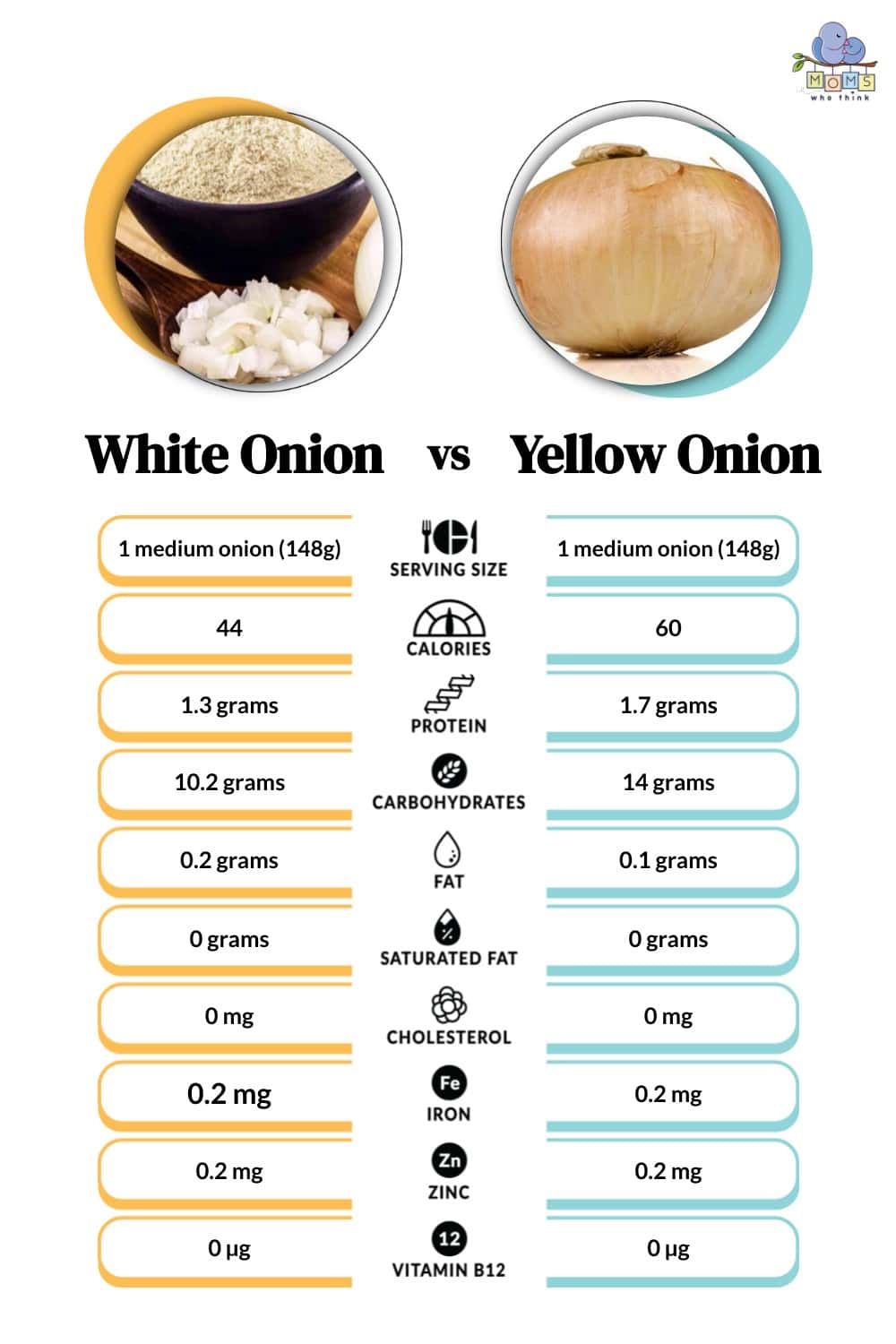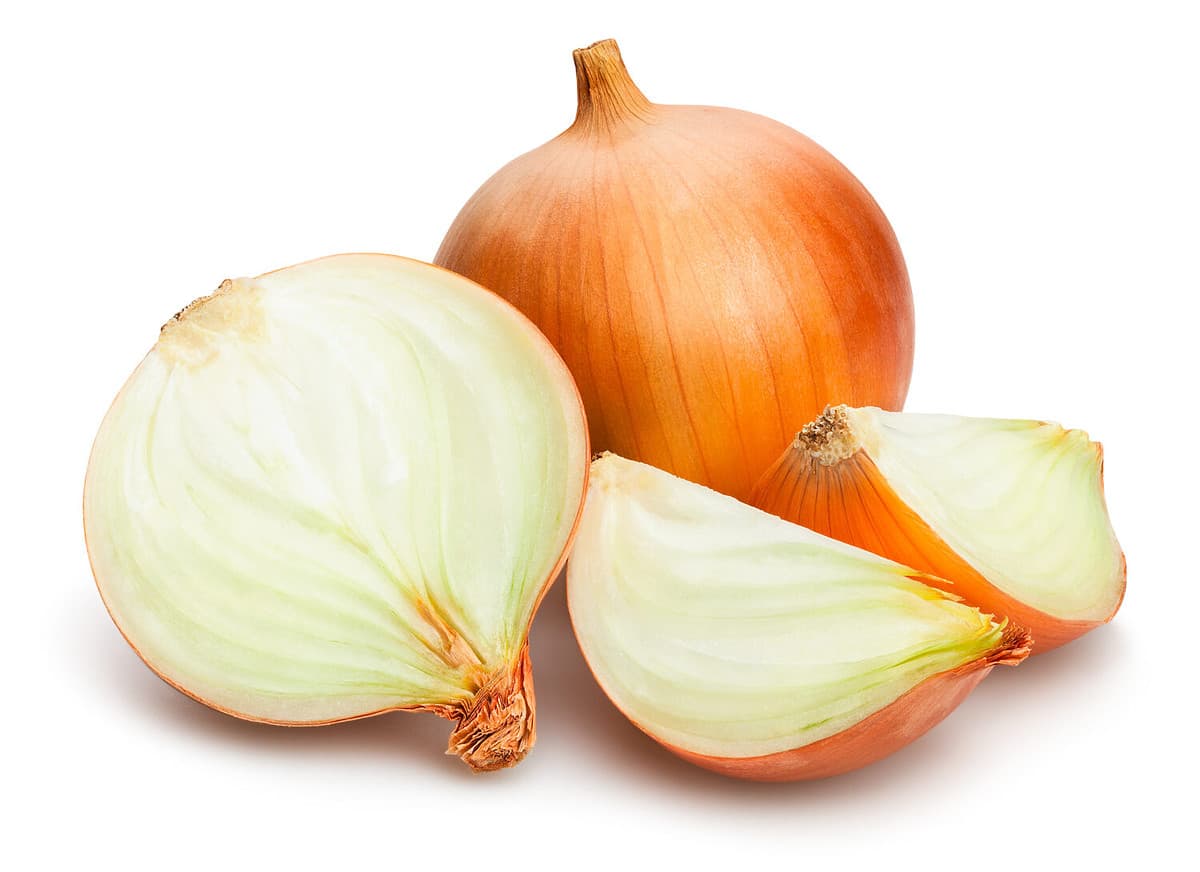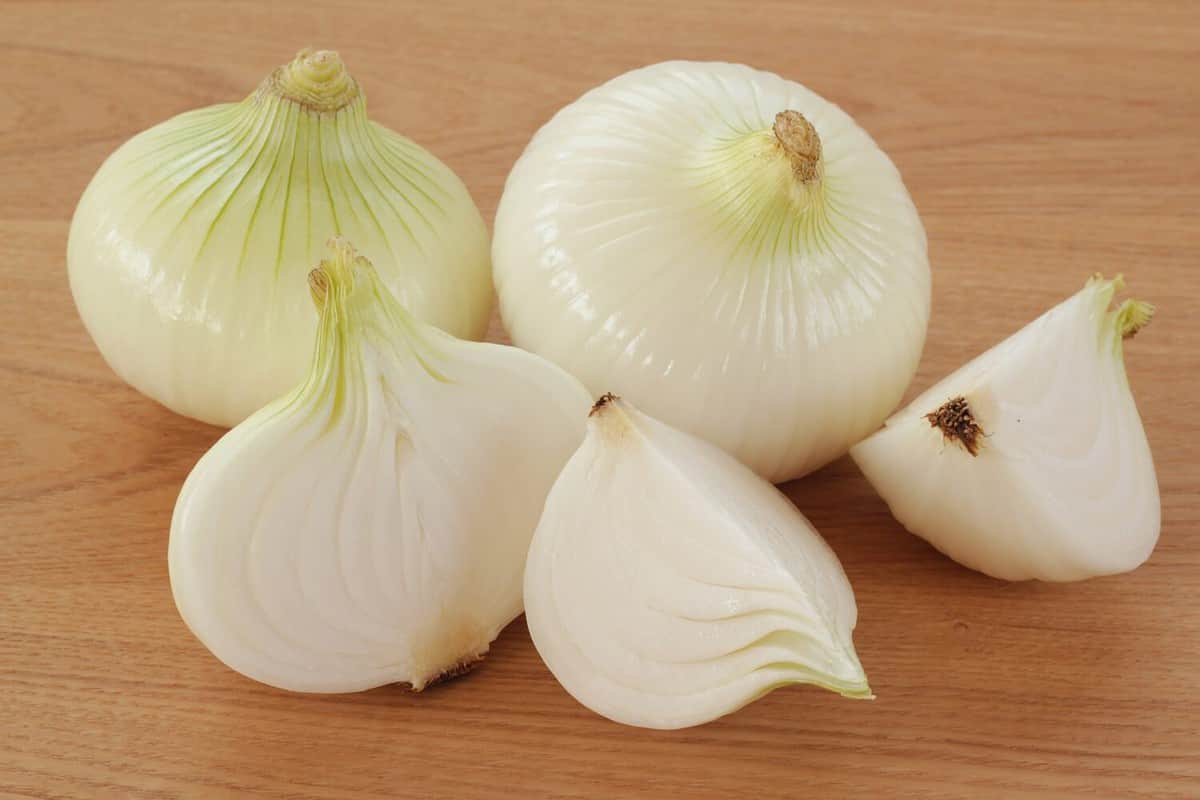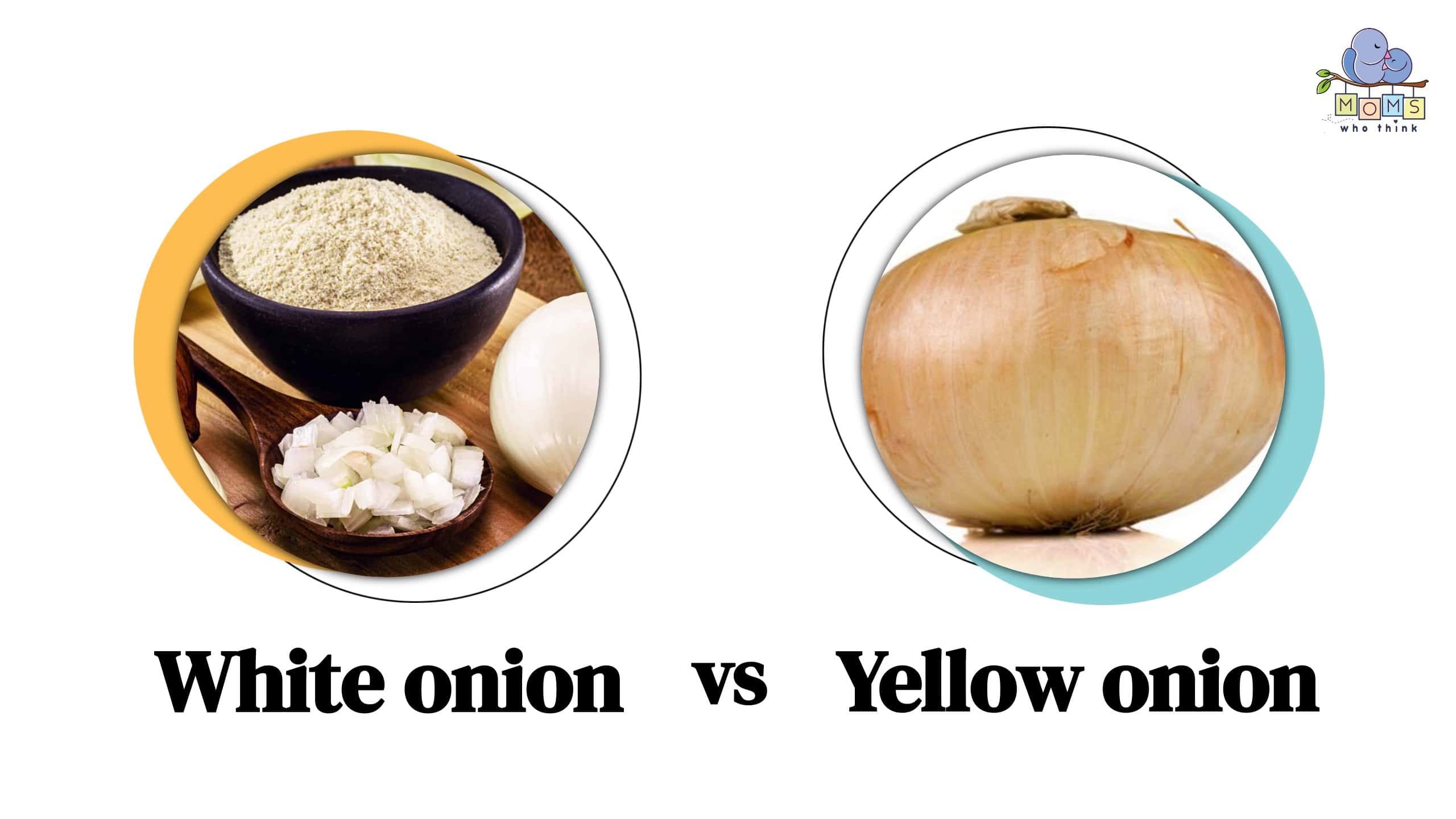Onions, you either love them or hate them. With their strong flavor and ability to make you cry, they are a chef's friend and a child's nemesis. Have you ever asked yourself what is the difference between all the many onions out there? You have green onions, white onions, yellow onions, sweet onions, chives, and red onions. The list doesn't end there! While they vary a bit, this article will explore the difference between white and yellow onions.
Health Benefits of White and Yellow Onions
Onions carry plenty of health benefits. For starters, they are relatively low in calories. This means they can add delicious flavor to virtually any dish while not adding too many calories. Additionally, onions have plenty of fiber, Vitamin B6, Potassium, and Vitamin C. These vitamins and nutrients are important for our overall health. Also, studies have pointed to the potential benefit of onions building bone health, reducing cancer risks, and controlling blood sugar.
When you look at the nutritional benefits of white onions and yellow onions, they don't vary much at all. The real question is: Which onion should I use with which dish?

Key Differences Between Yellow Onions and White Onions
Onions are vegetables that grow underground and are distinguishable by their bulb shape. You can find onions all over the world. While yellow and white onions seem very similar, there are a few key differences.
Yellow Onions are the Stronger of the Two
When it comes to aroma and flavor, yellow onions are the clear winner. That is if you are looking for the strongest one. Although a yellow onion is more pungent in flavor and aroma, when using this onion in a dish, the flavor and aroma cook down. This means that they are the better onions to use when cooking. This is because the flavor and aroma won't be overwhelming, yet it will still shine through enough to add delicious flavor.
Additionally, a yellow onion's sweetness will strengthen the longer it cooks in a dish, while a white onion maintains a sweeter flavor when raw.
When raw, the flavor of a yellow onion tends to be spicier and sharper than a white onion. Therefore, if you want a raw onion to snack on, opt for a white onion. White onions still carry delicious flavor but are milder than yellow and not quite as spicy.

©bergamont/Shutterstock.com
Difference in Appearance
Yellow and white onions do have a similar appearance in size and shape. They are roundish bulbs and come in varying sizes. However, the yellow onion has a slightly yellowish tint and has brown or yellow skin. In comparison, a white onion is white on the outside and inside. Both white and yellow onions have a papery outer skin that gets peeled away before eating.
The Price Varies
When buying an onion in the grocery store, the white onion will most likely have a higher price. This is because there are more yellow onion crops than white onions. Therefore, the supply and demand are higher for a white onion.
Which Onion Should You Use?
Which onion should you use is a common question. If you are cooking a dish that calls for a cooked onion, opt for using a yellow onion. The yellow onion is very versatile in any recipe. It carries a sharp flavor that cooks down nicely. Additionally, the longer you cook the yellow onion, the sweeter it will taste. Another factor that makes the yellow onion great to cook with is how well its texture holds while cooking.
A white onion is fantastic for a quick snack if you enjoy raw onions. Its flavor isn't quite as sharp as a yellow onion, which means you will still get the great flavor of an onion, but it won't be overwhelming. These factors make white onions great on sandwiches, hamburgers, salads, and a quick dish like stir-fry.

©k–k/Shutterstock.com
One Finale Note
White and yellow onions are very similar to one another. Yet, they have fundamental differences that set them apart from one another. These differences include their colors, flavors, and uses. Out of the two, yellow onions are the stronger and more versatile.
Many people have a love-hate relationship with onions. The flavor can feel too intense for some. However, onions carry plenty of nutrients and vitamins and can add a unique taste to almost any dish. Both white and yellow onions are nutrient-dense and carry many benefits. These factors make it worth trying onions again if you aren't entirely sold on them yet! If you fall in the category of onions being too intense, try slicing and soaking them in cold water for an hour. This reduces the aroma and intense flavor of the onion, so you can still enjoy all the many benefits without the overwhelming flavor!

